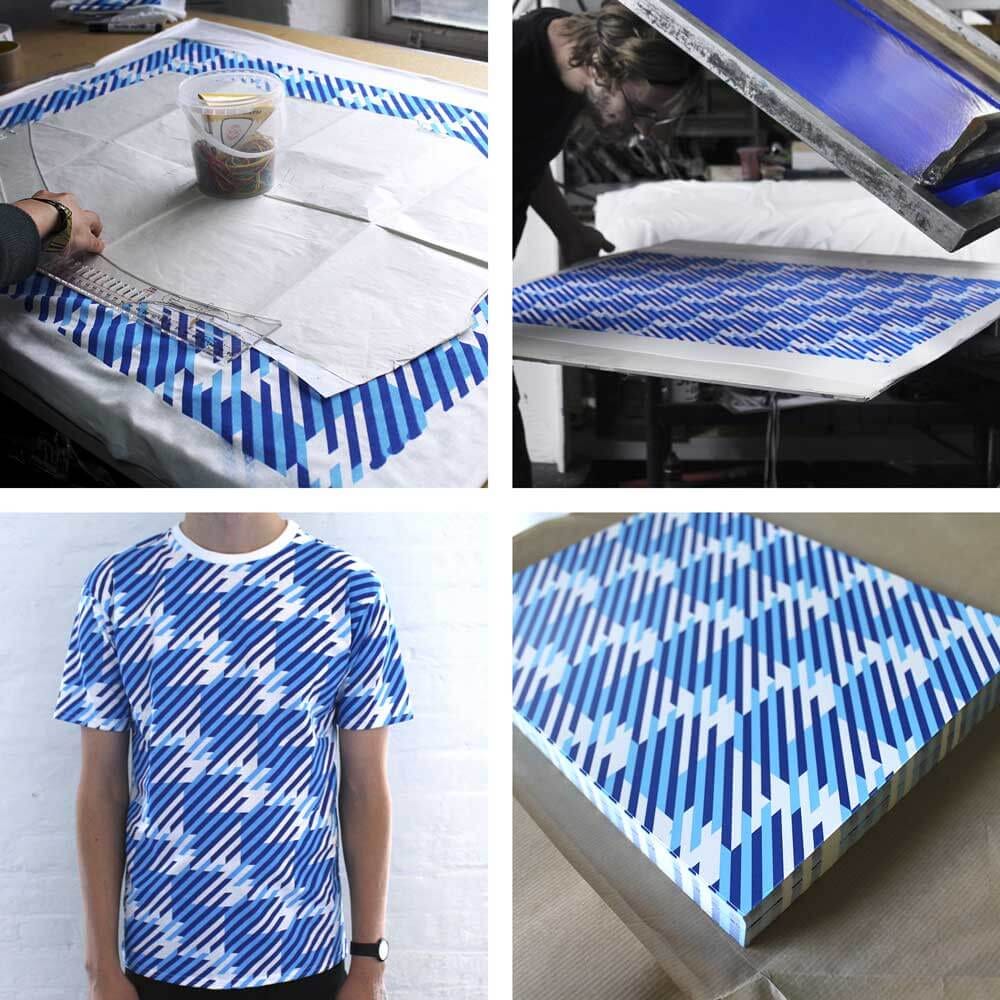


Powerful Adhesives Ensure Protection and Longevity cured, and our proven color matching system, we’re able to meet even the most stringent standards of our customers when it comes to color.

While it isn’t all that difficult to get close, achieving precise color schemes is something we excel in. One of the most significant challenges when it comes to the silk-screening process is exactly matching the colors of the desired finish. Whether your fabrication piece is made of stainless steel, aluminum, brass, or anything in between, the Finish Professionals at MetaFab can execute an exact silk-screen finish to just about anything. While other finish processes can only be applied to certain kinds of metal, silk-screening works great as a finish for nearly any kind of metal.

Silk-Screening Can Be Applied to a Variety of Different Metals Now that you have a clearer understanding of what the silk-screening process looks like in metal fabrication, let’s explore its most distinct advantages and what sets our silk-screening process apart. Advantages of Silk-Screening in Metal Fabrication at MetaFab That’s because the chemical bonding they undergo makes them resistant to scuffing and scratching. UV InksĮven though UV inks aren’t the most widely used inks in the silk-screening process, they’re gaining in popularity. This makes them the perfect choice for metal fabrication projects that are going to be exposed to outdoor elements. These inks include epoxies, polyesters, enamels, and acrylics.īecause these inks are heat-cured, they’re much more durable. Heat-cured solvent inks need to be baked for a long time to develop a secure bond. For that reason, they’re perfect for metal substrates that are flexible and stand up well in outdoor elements. Choosing the Right Ink for Your Projectĭifferent metal substrates call for different inks. For this reason, they’re much more durable. ThermosetĪs opposed to thermoplastic coatings, thermoset finishes are cured to metal through an extensive baking process. With that being said, they aren’t bonded to the metal which makes them more prone to scratching. For that reason, they are softer and more accepting of ink deposits. Additionally, these coatings can affect how resistant the silk-screen finish will be to scratching and fading.Ĭoatings will fall into one of two categories: thermoplastic or thermoset. Instead, they’ve already been treated with coatings that will affect how the metal reacts to certain inks. When metals arrive at our shop for silk-screening they aren’t usually in their original raw form. In order to successfully apply a silk-screen finish to a metal substrate, it’s paramount to understand each substrate’s technical aspects. Understanding Technical Aspects of Metal Substrates and How they Apply to Silk-Screening Stencils are placed very carefully to ensure that exact design features are achieved. Simultaneously, stencils are used to guard sections of the surface area where ink is not desired. More specifically, silk-screening (also known as serigraphy) employs the use of fine polyester mesh and a squeegee or blade to apply paint to a specifically designed section of metal. In the simplest terms, silk-screen in a metal finishing process that involves applying paint and elements of design to a piece of metal. Silk Screen Frames in the upright storage


 0 kommentar(er)
0 kommentar(er)
